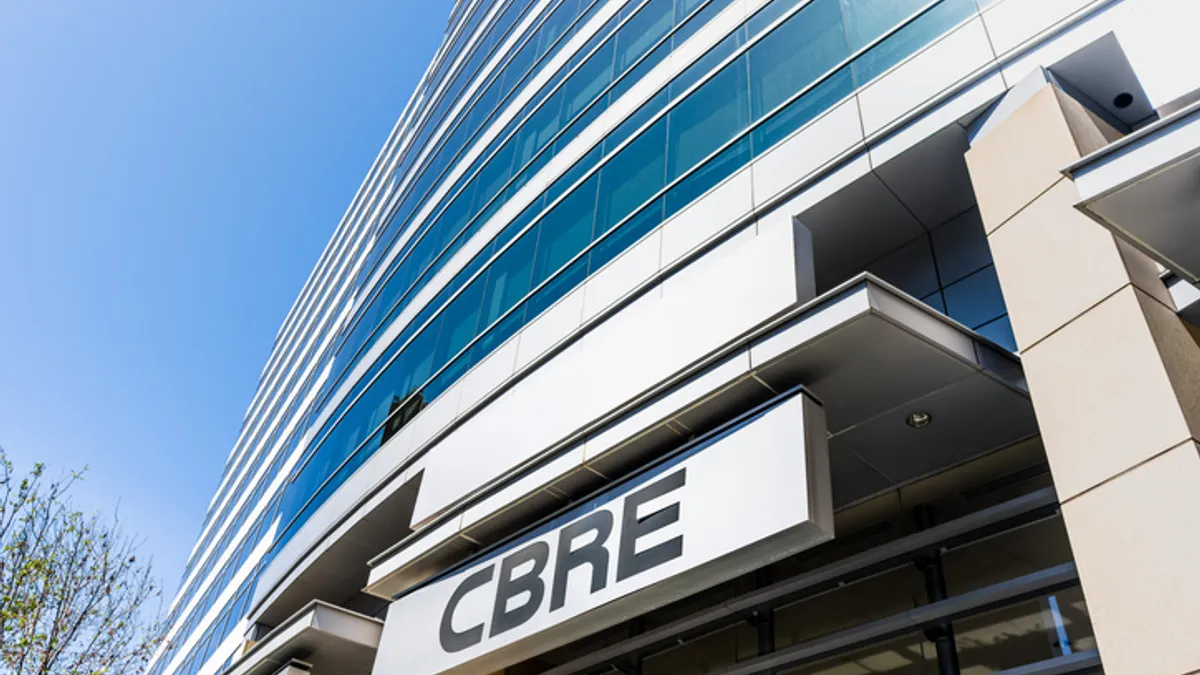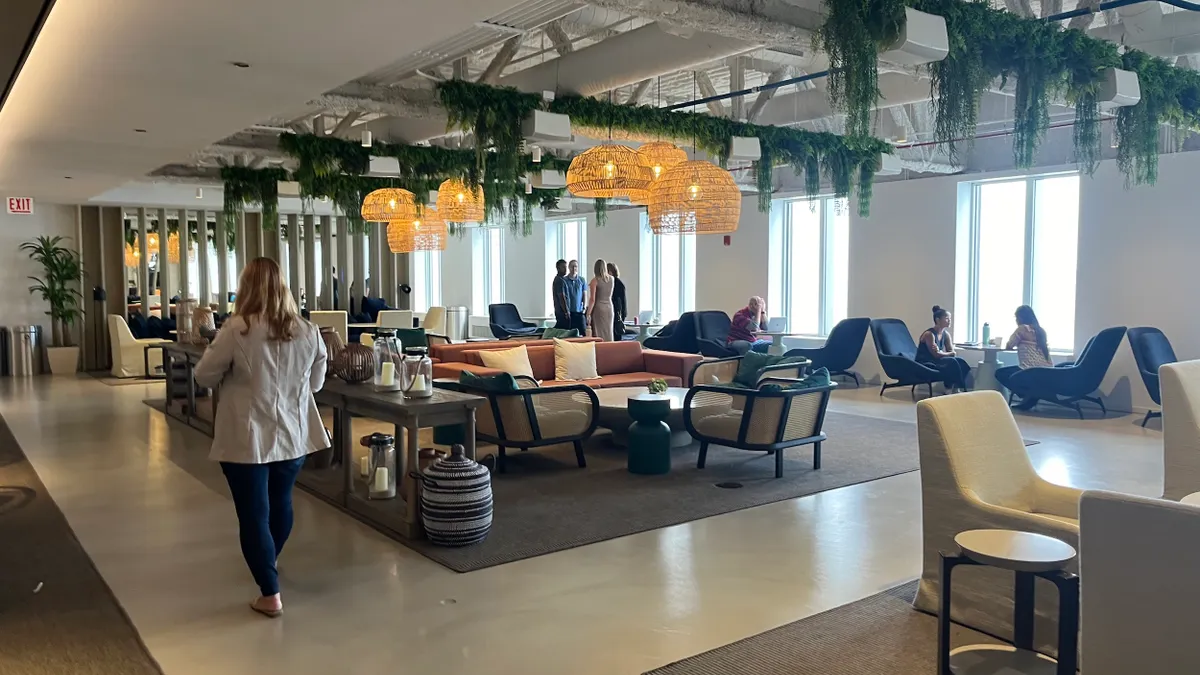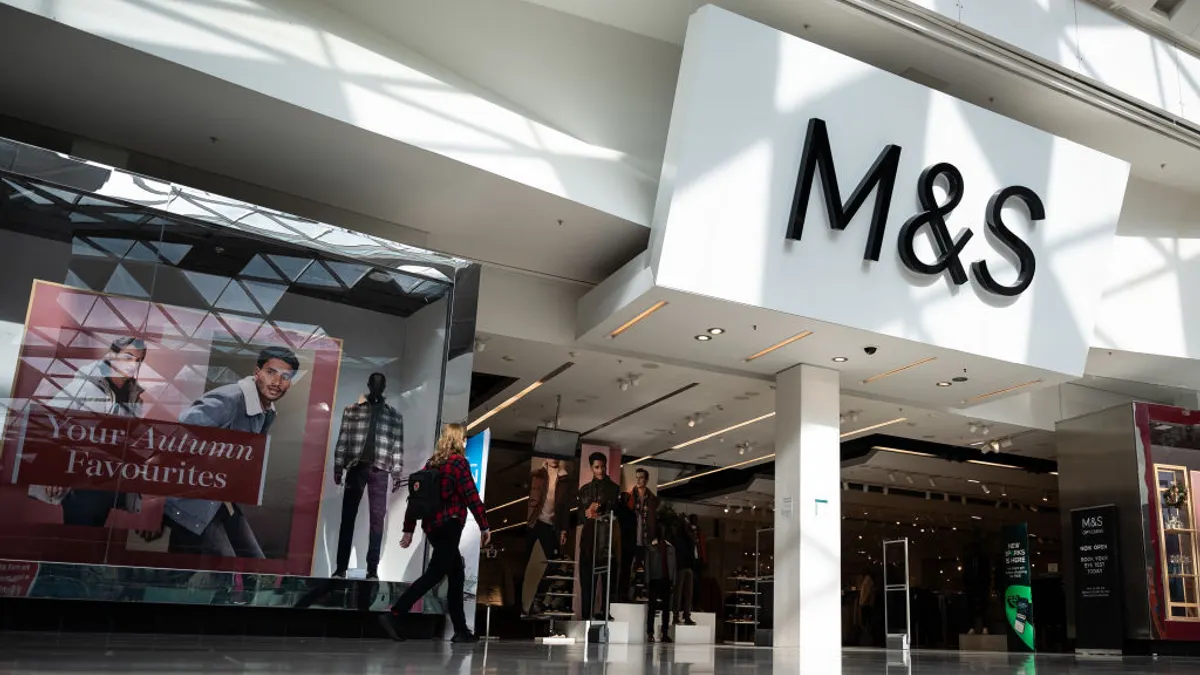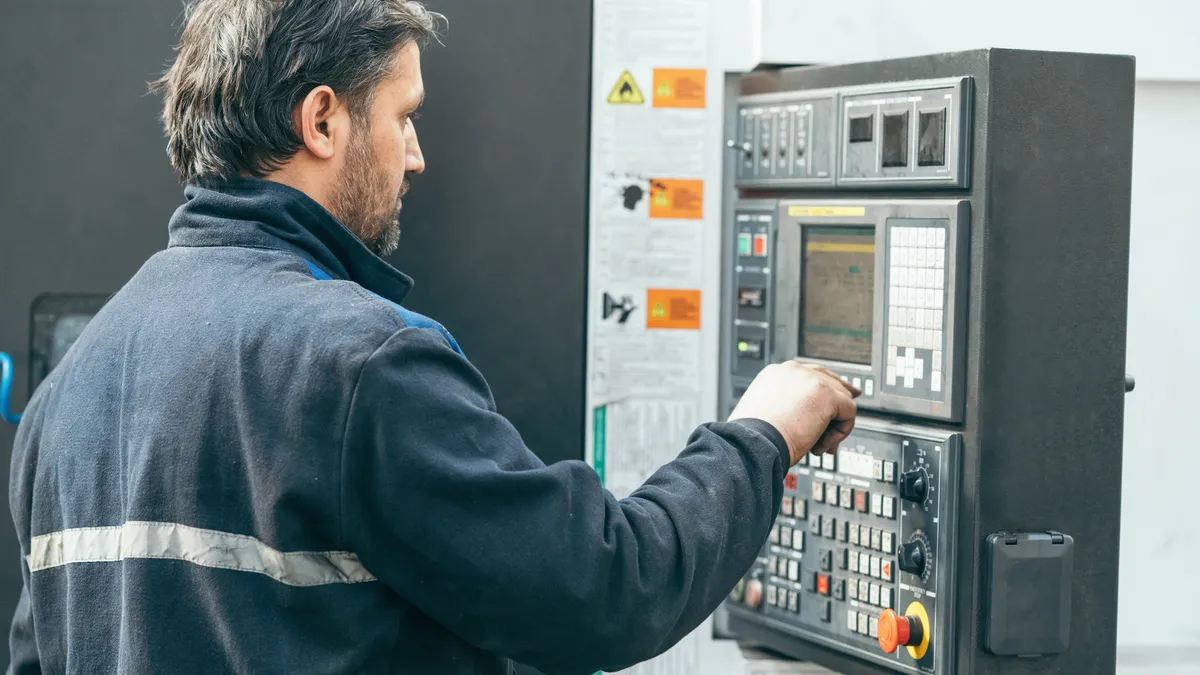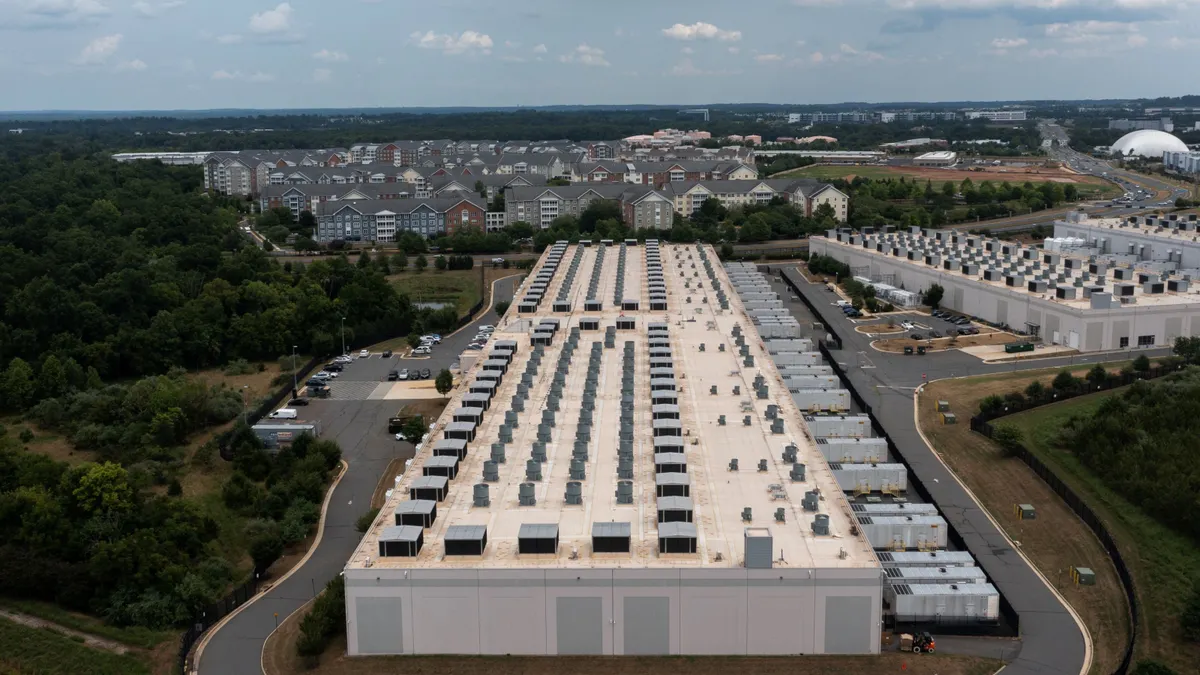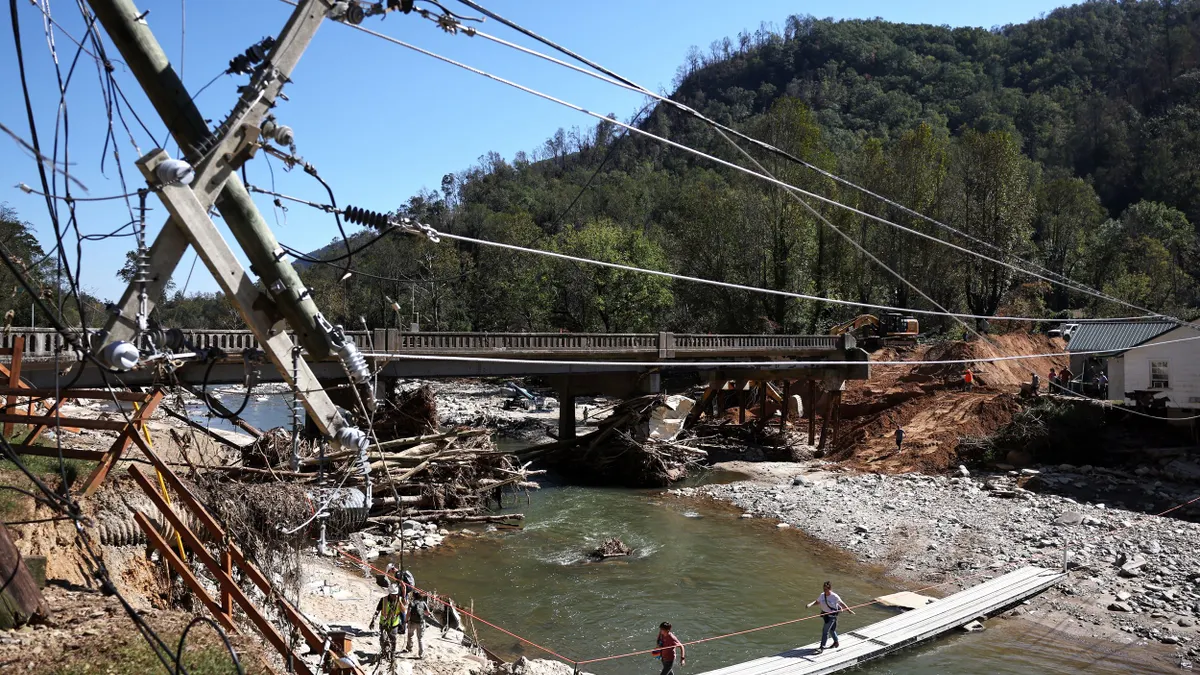Smart building technology holds promise but it will never be more than just another tool for facilities managers, says Tim Schipper, the executive vice president of global operations for commercial real estate services company CBRE.
“The mindset that goes into diagnosing a problem hasn’t changed,” Schipper told Facilities Dive. “The technology is just another sense for technicians.”
But to maximize your use of that tool, you need to be uncompromising in the data you collect. “You would not go down to your local gas station and put 87-octane in a Formula 1 car,” said Schipper, who joined CBRE in 2010 after starting his career as an electronics technician for the U.S. Navy and later working on nuclear power projects for the Navy and the U.S. Department of Energy. “With AI, the data is the fuel.”
To learn more about how facilities managers can optimize smart building technology and what trends in building operations he’s seeing from his vantage point at one of the largest integrated facilities management companies in the world, Facilities Dive sat down with Schipper for a wide-ranging conversation.
The interview has been edited for length and clarity.
FACILITIES DIVE: What are innovations in HVAC, electrical and plumbing systems that you consider game-changers?
TIM SCHIPPER: With HVAC and others, it’s smart enabled technology. It enables remote and continuous monitoring and for us, it helps us work on the fly and avoid what we call the Four Ds: dumb, dirty, dank and dangerous places. I know there are probably meter readings that are being done today that haven’t changed since I was a technician in the 1990s. But nobody gets into being a professional technician or tradesperson to read gauges. We’re in this to actually work on things, so if we can have something that takes us out of the dirty, dark, dank and dangerous places through remote monitoring, that serves us better and you’ll get more constant monitoring of things.

And AI-driven analytics are helping us optimize energy use, adjust the heating and cooling based on real-time occupancy and weather conditions. Even in hybrid work environments, occupancy fluctuates, not just by day but by where people are in the building – vertically and horizontally. So, smart technologies are helping to optimize that.
What are trends in services that clients want from an integrated facilities management company like CBRE?
Any time you talk about trends you first have to acknowledge cost optimization. That’s underlying everything we see. It’s a constant. When it comes to facilities management, it’s condition-based maintenance. We’re moving beyond traditional maintenance – inspect this four times a year — versus using sensors. Let’s use technology and data to say when something should be inspected. If you think of places like Seattle, with 50 to 60 cooling days a year, and Dallas, with 200, the usage in these operating contexts should inform when you do the maintenance.
Another thing we’re seeing is the shortage of talent – the shortage of entrants into the trades. It’s something we get asked about constantly from our clients. Also digital transformation – AI. That’s top of mind for everybody. How should it fit into our plans? How is CBRE leveraging it? Another is return-to-office. Clients are looking to enhance employee engagement, retention, and that should take into account hybrid arrangements and not just focus on the people in the room, isolating those who are remote.
You mentioned talent and smart-enabled technology. What’s driving the talent shortage and is technology contributing to that or is it changing the talent that facilities need?
The technology has changed but the mindset that goes into diagnosing a problem hasn’t changed. The technology is just another sense for technicians. It enhances their senses. So, it’s not unique. It will require an adjustment in training, but our whole world is adjusting. I can’t stress enough that smart enabled technologies are tools, but the talent remains the key. It takes people to make things run. It’s not talked about enough, but we shouldn’t be thinking about just giving people jobs; we should be thinking about creating a talent pipeline, enabling a career path for technicians.
We can’t expect talent to just be there. We shouldn’t let colleges be our only source of talent. Think about those who don’t see college as a traditional measure for them, or are coming out of the military or are coming right out of high school. It can be difficult for organizations to invest in that talent pipeline – ‘What happens if we invest in all these people and they just go somewhere else?’ But what if we don’t invest in them or you don’t have them at all? Then we’re in a losing loop across the board.
What technical services remain difficult for even a large company like CBRE to provide in-house, and why is that the case?
We never like to say never, but there are two things that always come up: high-voltage electrical and vertical transportation, like elevators and escalators. Routine electrical can be handled in-house, but the skills, certification and equipment for high-voltage electrical are very different, and, if you don’t do it a lot, it’s easy to make a mistake. We just find that, with the frequency that we need to do it and the risk involved, it doesn’t lend itself right now for us to go after that. We just make sure we have really good partners around that.
The other, vertical transportation, is so highly specialized that it’s also one of those things in which the risk, the frequency and the skills that are needed are just not to the point where, from a cost-efficiency standpoint, it makes sense for us to go after that. But we have multiple partners, so we can keep our focus on delivering great outcomes for our clients.
When should a facilities manager outsource building operations to a company like CBRE rather than hire to do it in-house?
For everybody it’s going to be different. What would you do with that time? Are there opportunities for cost savings? Do you have an opportunity for someone to bring in knowledge sharing? It might not be the right time to make a decision, but it’s important to be knowledgeable about the options that are out there, so that, when something happens and you’re in that crunch, you’re not just starting your journey to learn about outsourced services.
What is one message worth sharing with facilities managers about AI in building systems?
Embrace AI like a high-performance vehicle, like a Formula 1 car. If I were getting into a Formula 1 car rather than my Toyota Corolla, my mindset would be different. We need to think of AI in the same way. You would not go down to your local gas station and put 87-octane in a Formula 1 car. With AI, the data is the fuel. What was good data or complete data before is not what AI needs to operate at its most productive state. Treat the fuel – your data – the same way.
AI isn’t the new Microsoft Excel or Tableau. From data analytics to decision making, it’s a game changer and it helps to look at it that way.


